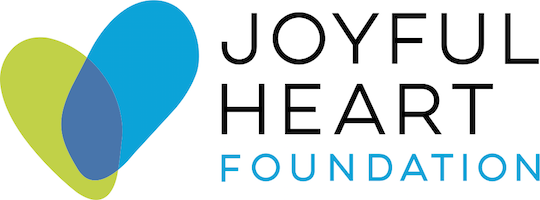You can leave this site quickly.
Learn more about Internet safety.
1in6 Thursday: Mending Fences
I’ve always been intrigued by the different choices people make, while working to restore good boundaries in their life after an experience of abuse. Whether it’s re-establishing the broken boundary with the abusive person, or finding a safe way to relate to others, the memory of betrayed trust can complicate decisions about how to maintain safety.
When I think about my own relationship to personal boundaries, I’m often reminded of the iconic phrase, “good fences make good neighbors.” I learned the line from Robert Frost’s poem “Mending Wall,” first published 100 years ago, in 1914. The poem describes an annual, Spring ritual of two neighbors, together restoring the winter damage to an ancient stone wall between their abutting properties.
The narrator complains of the tedious, hard work involved every year, and notes that neither of them even has livestock that would require a solid fence line. His neighbor just patiently repeats the phrase, ‘’good fences make good neighbors.”
My own healing process and my work with abused kids and violent adults inclines me to see a lot of wisdom in the neighbor’s approach. Without engaging in an argument or accusing the narrator of bad intention or being a potential “trespasser, he respectfully insists on the firm limit he wants to live by. He does it even while, in the same sentence, setting a goal of being good neighbors!
But what’s a good fence?
Some folks are so traumatized by an abusive experience they may tend toward one of two extremes. Either they want a fortress wall to defend completely against the outside world; or, believing they are powerless to defend themselves anyways, they abandon any sense of asserting even a right to set limits with others. Sadly, some get stuck in a life marked either by isolation or re-victimization.
Most of us who’ve experienced abuse, strive to live somewhere in between those extremes, occasionally sliding a bit closer to one end of the scale or the other. Bottom line, we all have an absolute right to be and to feel safe.
My idea of a good fence has gates. I’ve always thought that healing from abuse is, in large part, about learning to trust our instincts about when to open those gates and when to keep them firmly shut. Either can be a healthy choice. The trick is being in touch enough with what’s driving those instincts to figure out which is which.
Especially for someone with a history of abuse, any aspect of an interaction that’s reminiscent of a previous traumatic experience —a trigger—can unleash a wave of feelings that are only slightly connected to what’s happening in the present. The trigger can be a word, a place, a sound, a smell an attitude or some other reminder of the past. It can be conscious or unconscious.
Therapy can be a useful way to start to unwrap the meaning of those feelings. For men, a group is often a particularly effective type of therapy because it can help restore a sense of community. A group can help cut through self-defeating masculine norms by revealing other men who have had similar experiences and can express feelings in a safe and productive way. It’s kind of like Frost and his neighbor getting together to rebuilt a ‘good fence” between them.
Ultimately, developing a strong sense of self-awareness can go a long way toward reclaiming power. By recognizing the warning-sign feelings that have in the past led to a poor outcomes, it becomes possible to respond to those feelings thoughtfully, rather than just react. Sometimes that reaction may have meant slamming the gate in a way that caused harm to another. Or, because many who experienced abuse are determined never to misuse power in a way that hurts another, the reaction may have been be a misguided reluctance to enforce a limit, for fear of hurting someone’s feelings.
In the end, we can all learn important lessons from Frost’s fence-positive neighbor. Even after voicing the protests of the reluctant narrator, Frost clearly came to appreciate his neighbor’s insistence on maintaining those clear boundaries. After all, good fences do make good neighbors.
 - By Peter Pollard
- By Peter Pollard
Peter Pollard is the Professional Relations & Communications Director for 1in6, Inc. Peter previously worked for 15 years as a state, child-protection social worker and was the Public Education director at Stop It Now! Since 2003, he has served as the Western Massachusetts coordinator for SNAP (Survivors Network of those Abused by Priests) and also does work for a Certified Batterers Intervention Program. See Peter’s portrait in The Bristlecone Project exhibit.
The mission of 1in6 is to help men who have had unwanted or abusive sexual experiences in childhood live healthier, happier lives.
1in6's mission also includes serving family members, friends and partners by providing information and support resources on the web and in the community.
Joyful Heart and 1in6 invite you to visit 1in6.org for info, options and hope, and to learn more about our partnership and Engaging Men initiative here.
The views expressed above are not necessarily those of the Joyful Heart Foundation or 1in6.




Your Voices